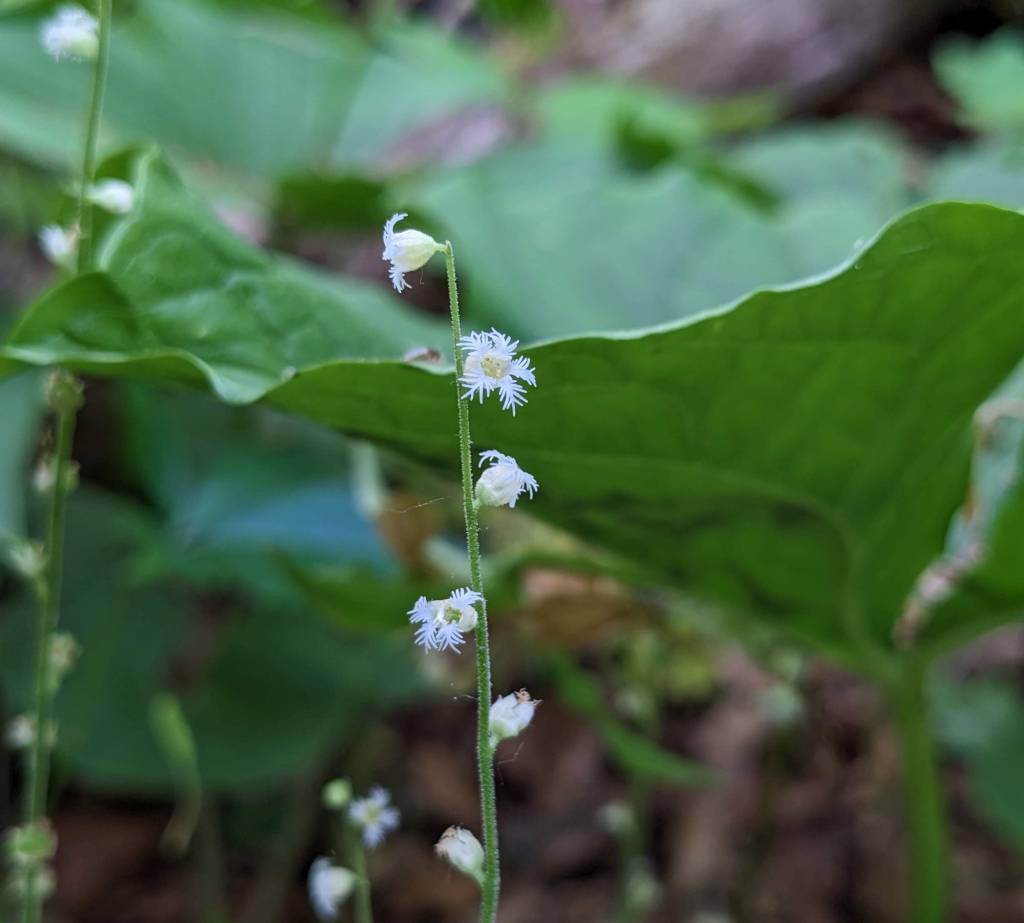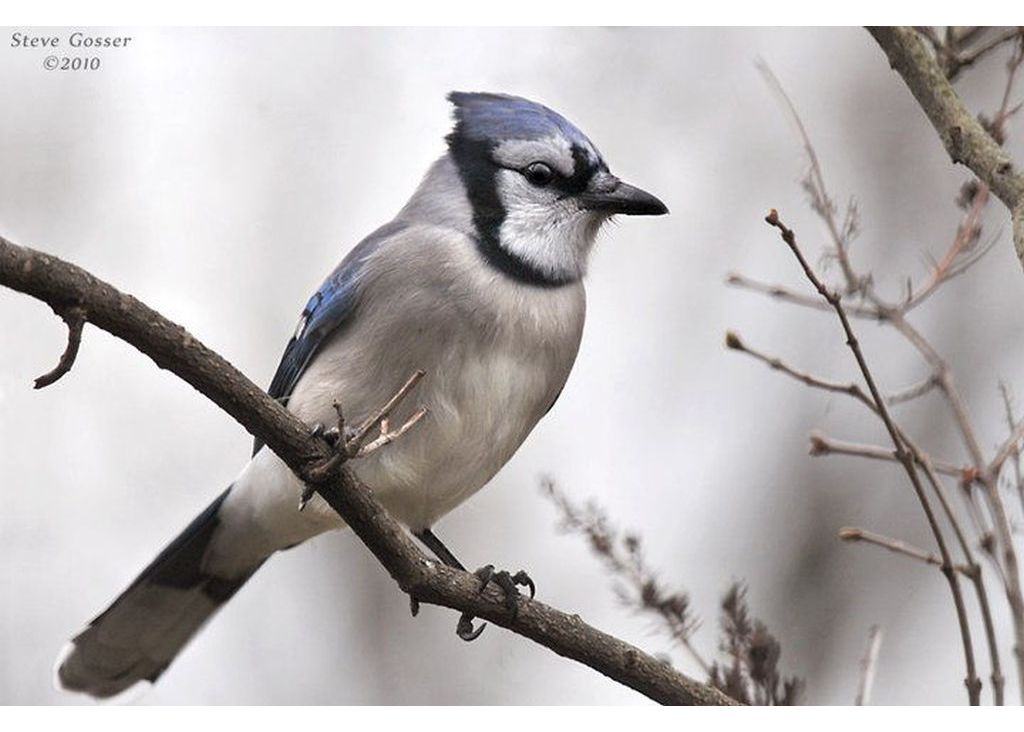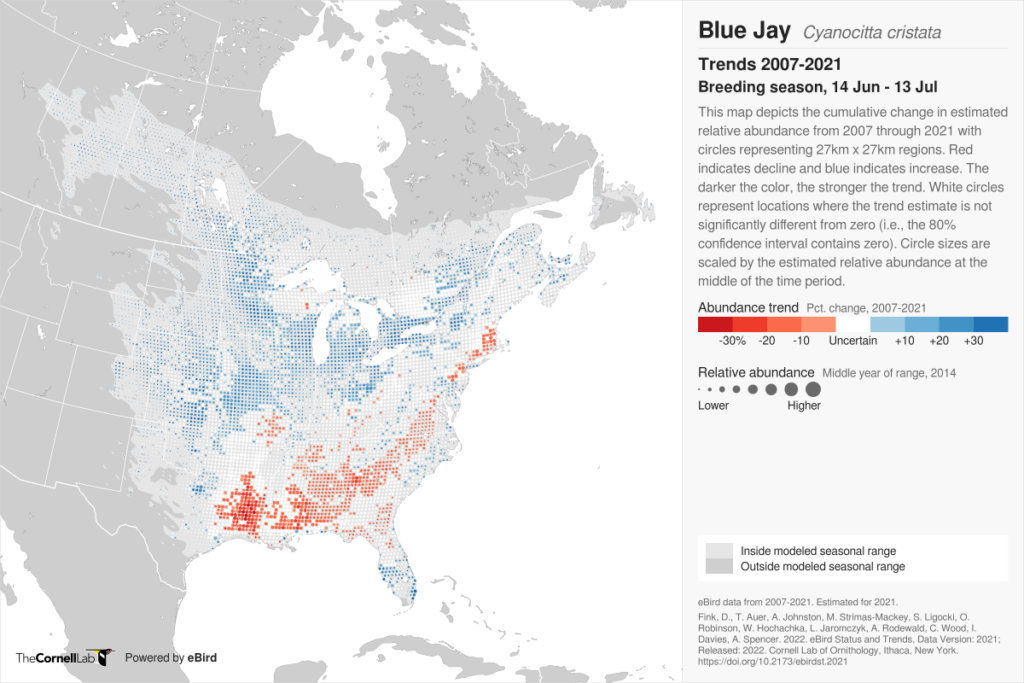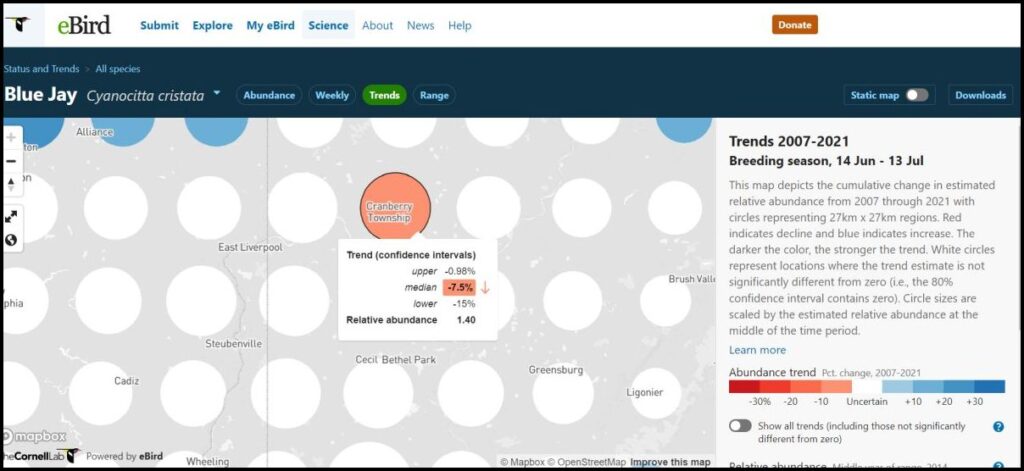
19 June 2023
Compared to the size of our planet we humans aren’t particularly large but with billions of us pumping groundwater we have changed the tilt of the Earth. Slightly.
The angle of Earth’s axial tilt varies over a period of 26,000 years (precession) from 22.1 to 24.5 degrees, but within that it wobbles due to sloshing liquids like molten lava, ocean currents, and massive air currents such as hurricanes.
This very short video shows the North Pole wandering as the axis wobbles.
Earth’s spin axis wobbles, its North Pole tracing out a roughly 10-meter-wide circle every year or so. The center of this wobble also drifts over the long term; lately, it has been tilting in the direction of Iceland by about 9 centimeters per year. …
Now, scientists have found that a significant amount of the polar drift results from human activity: pumping groundwater for drinking and irrigation.
— Science Magazine: Humanity’s groundwater pumping has altered Earth’s tilt
Local water abundance, on the surface and underground, changes a region’s gravitational pull. This principle was used by the GRACE and GRACE-FO satellites as they rode the “hills” and “valleys” of gravity and recorded the presence and absence of groundwater.
To find out what affected Earth’s axial tilt, Clark R. Wilson at the University of Texas at Austin and his colleagues built a model of polar wander factoring in all the sloshing over time, including changes to surface water. But the model was missing something.
When the researchers also put in 2150 gigatons of groundwater that hydrologic models estimate were pumped between 1993 and 2010, the predicted polar motion aligned much more closely with observations. Wilson and his colleagues conclude that the redistribution of that water weight to the world’s oceans has caused Earth’s poles to shift nearly 80 centimeters during that time, reported Thursday in Geophysical Research Letters.
— Science Magazine: Humanity’s groundwater pumping has altered Earth’s tilt
The GRACE satellites detected groundwater changes that produced this map. Notice how groundwater dropped in the U.S. Southeast and the Central Valley of California.

How did we pump so much groundwater? We used machines like these.

Watch the groundwater come and go in India 2002-2008 in this NASA video. (Click on the image to access the video.)

Who knew that we could make the planet move!? 80 cm (31.5″) in just 17 years.
(photos from Wikimedia Commons, maps from NASA, click on the captions to see the originals)


































